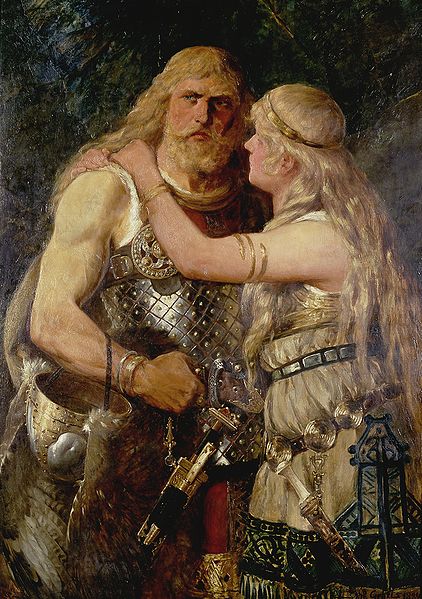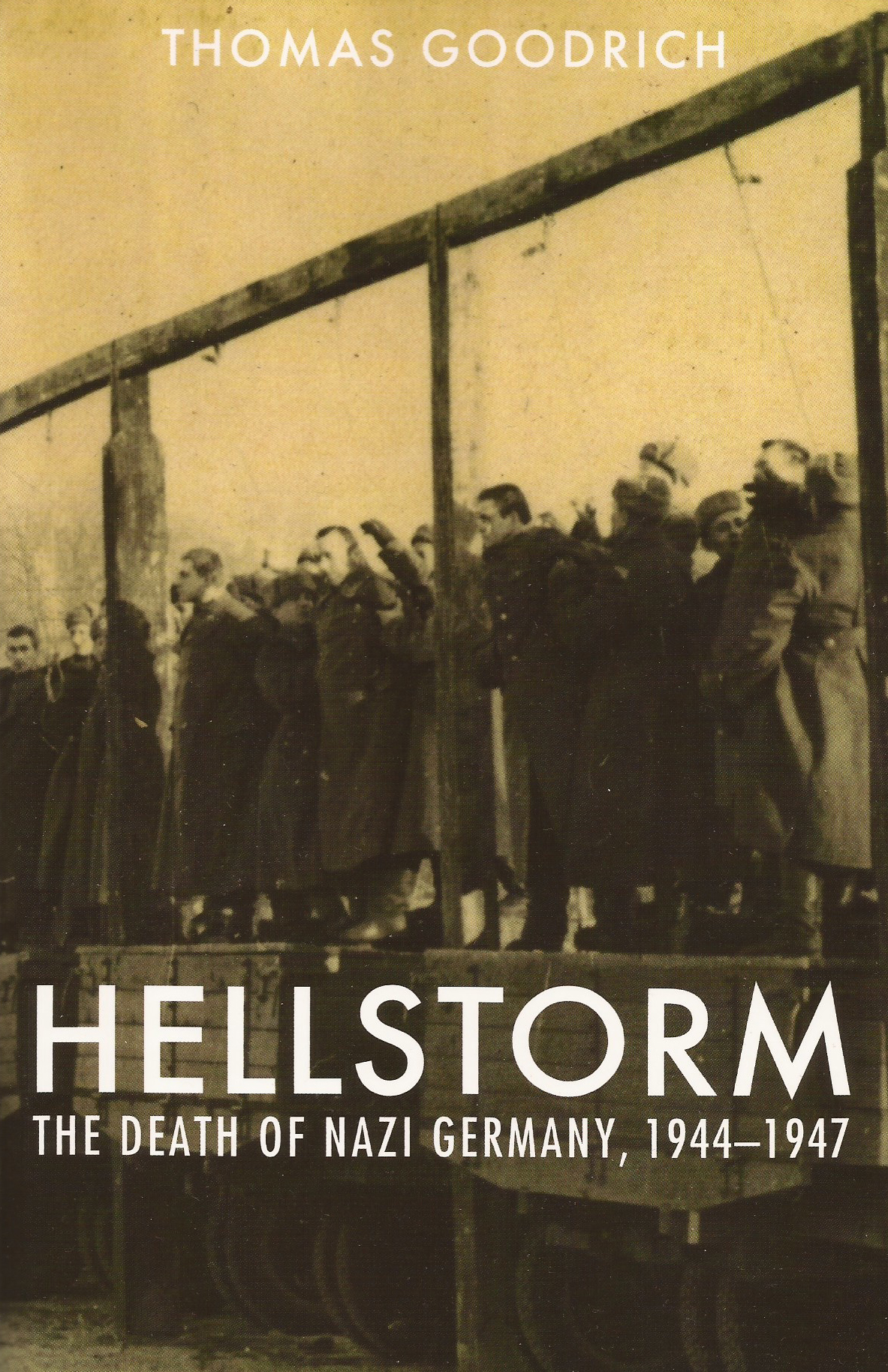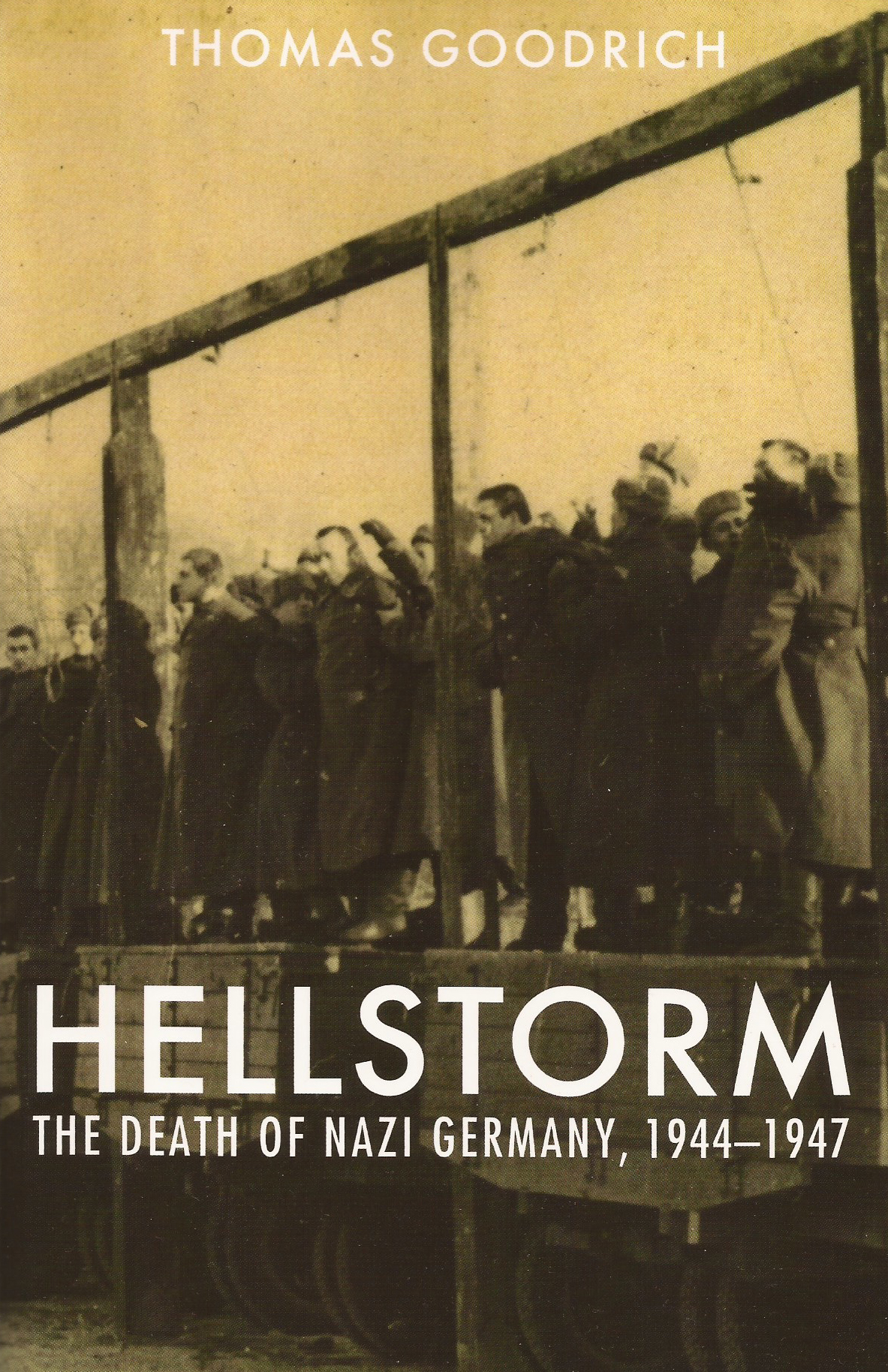Orderly & Humane: The Expulsion of the Germans After the Second World War (New Haven and London: Yale University Press 2012). This review originally appeared at Counter-Currents.

After reading a book or two and watching a few hours of TV documentaries on the couch, most smugly imagine that they know something of World War II. Most, of course, know nothing. What most think about WWII is what the winners want them to think about WWII; we call it the victor’s version of history. That version is a rather neat and tidy account, a clean and pleasing morality play of heroes and villains, of good versus evil, of catchy and easy to remember phrases like “Crusade in Europe,” the “Good War,” the “Greatest Generation,” “Nazi butchers,” “Hitler, the Evil Madman,” “Six Million,” etc. That black and white version paints the losers as all-evil, all-vicious, all-enslaving, all-everything bad and it paints the winners as all-good, all-suffering, all-liberating, all-noble, all-virtuous. But then, I’m wasting time on things most of you already know.
World War Two was man’s greatest cataclysm. Nothing else comes close. Tens of millions died, tens of millions were raped, tens of millions were enslaved, tens of millions were uprooted and cast to the wind, and the thing that Western man loves more than life itself—his freedom—was taken. With the fall of Germany and its allies in the spring of 1945, the forces of darkness stood gloating and triumphant. The last significant opposition to their grand designs on the West had been crushed, and now they went to work dividing the spoils and sucking the last drop of blood from the vanquished. One might imagine that from such an earth-shaking, epochal event every facet would have by now been studied down to the last detail by the world’s historians and academics, but one would imagine wrong. Precisely because the war was won by the forces of hate and evil, only one half of the story has ever been told and that, of course, is the side the winners chose to tell us.
Slowly, slowly, after nearly 70 years, the details from what it looked like down there in the grave where the losers lay are beginning to surface. And what is being revealed is a crime so monstrous, so enormous, and so hideous in its length and breadth that words have not yet been invented to describe it. So vicious and persistent was the anti-German propaganda, and so deep and pervasive was the consequent hatred for everything German both during and after the war, that this nearly successful attempt to extirpate the German people was committed with hardly a stir from the “civilized world.” So utterly demonized were the Germans by the largely Jewish press around the world that virtually anything could be said about Germany, virtually any crime could be committed against its helpless population, and none would raise a hand or offer a word against it. The evidence of crimes committed and the criminals who committed them have always been there. The horrifying accounts have remained in various archives and journals gathering nearly 70 years of dust but except for an intrepid few no historians have mustered the courage to reveal these dark secrets to the world.
In addition to deliberate attempts to kill every man, woman, and child in Germany by the Allied air forces with their terror bombing and “targets of opportunity” campaign (red crosses on hospital roofs were especial targets), a similar slaughter was taking place below as the invading hordes of the Soviet Union raped and/or murdered virtually every German that fell into their hands. On the Baltic Sea, a similar slaughter was taking place as Allied submarines and bombers sank every refugee ship they could find, killing tens of thousands of helpless women, children, the sick, and the elderly.
After the war, when the so-called peace was declared, millions of German POWs were herded into muddy outdoor fields where they remained without food, water, shelter, or medical treatment. Although there was plenty of food available, and although rivers often ran just beyond the barbed wire, Supreme Allied Commander, Dwight. D. Eisenhower, was determined to kill as many of the defeated as he could before world reaction stepped in to stop the slaughter.
“God, I hate the German,” hissed the future American president.
In other parts of defeated Germany, hell on earth was unleashed when Jewish émigrés and those released from concentration camps, with Allied bayonets to back them, rounded up German soldiers and civilians, men and women, then placed them in their own Jewish-run death camps. In addition to suffering some of the most sadistic and sickening tortures the mind can conjure, hundreds of thousands of these Germans were simply beaten to death, drowned, or buried alive.
One of the most heartless and deadly crimes committed against helpless Germans was the forced removal from their homes. Orderly and Humane—The Expulsion of the Germans After the Second World War by R. M. Douglas seeks to shed light on this little known aspect of World War II history. The story is a tragic one. First, some seven million Germans living in the eastern provinces of the Reich–Prussia, Pomerania, Silesia–were violently uprooted by land-hungry and vengeful Poles and ordered to leave, sometimes with only a few minutes’ notice. Then, several million more, many whose families had lived for centuries in Hungary, Czechoslovakia, and other central European nations were expelled by their envious and blood-thirsty neighbors. It is estimated that of the 12 to 14 million Germans cast to the wind, as many as two million perished. Many were slaughtered in hideous ways; others succumbed to the elements. In spite of Allied assurances to the world that the removal of these pathetic refugees was carried out in an “orderly and humane” manner, their lies were soon shown to be mere Orwellian double-speak.
I wanted to like this book. I wanted to welcome Professor Douglas into the world of truth-seekers. I wanted to praise both his bravery and honesty as well as his careful scholarship. But after only a short spin through the book, I discovered that I could not. From the outset, Douglas–a card-carrying court historian–wants to make it perfectly clear to his academic peers and the Jewish media watchdogs who stand in his career path with suspicious eyes and folded arms, that he has the “right stuff”; that this project is merely a scholarly study to understand post-war politics and European population dynamics and not an attempt to enlist sympathy for the Germans themselves; for the thousands of brained German babies, for the tens of thousands of murdered German men, for the hundreds of thousands of raped German women. “It is appropriate at the outset,” sniffs Douglas in his intro,
“to state explicitly that no legitimate comparison can be drawn between the postwar expulsions and the appalling record of German offenses against Jews and other innocent victims between 1939 and 1945. The extent of Nazi criminality and barbarity in central and eastern Europe is on a scale and of a degree that is almost impossible to overstate. In the entire span of human history, nothing can be found to surpass it, nor… to equal it. Germany’s neighbors suffered most grievously and unjustifiably at her hands, and were profoundly traumatized as a result. Whatever occurred after the war cannot possibly be equated to the atrocities perpetrated by Germans during it, and suggestions to the contrary—including those made by expellees themselves—are both deeply offensive and historically illiterate. Nothing I have written in the book should be taken to suggest otherwise.”
With that nifty bit of genuflecting, with his kosher credentials seemingly intact, Douglas no doubt imagines that he will hence be given a life-long pass to enter the happy halls of historians. As this groveling academic will find out soon enough, a Christian writing about “controversial” Christian subjects will never crawl fast enough or far enough to satisfy his commissars.
In fairness to Douglas, he does go where few have gone before. The expulsion of Germans from the ancestral homes, many families of whom had lived there hundreds of years, is a crime so enormous and cruel that had it been the only crime committed by the Allies it would have been more than enough to convict them for all times to come as war criminals and inhuman monsters. Unfortunately, this Douglas tome is dry and dead as dust.
The German victims themselves are almost never heard from. Perhaps it is because Douglas feels Germans are not to be trusted. Citing that high moral authority, Edvard Beneš, the bloody butcher who orchestrated the massacre of Sudeten Germans in Czechoslovakia, Douglas quotes: “All German stories should not, of course, be believed, for Germans always exaggerated and were the first to whine and to try to enlist outside sympathy.” As a consequence, Douglas thereupon announces that he has thus “made it a rule to exclude direct expellee testimony that is not supported by independent sources.”
One must wonder just who these “independent sources” are that could provide better testimony than the victims themselves, but then again, perhaps that is not too hard to figure out. One must also wonder if Douglas would demand “independent sources” to support the statements of Jewish “survivors” and their extravagant claims of bestial Nazi atrocities? Of human soap? Of human lamp shades? Of shower heads spewing clouds of gas? Would he say those statements were also deeply offensive and historically illiterate? Right! And that is what separates this hypocritical court historian from an honest, unbiased truth-seeker.
Although a capable, competent study, as modern histories go, so intent is Douglas to dwell in the details of politics, borders, statistics, and demographics, that the personal and human is totally lost. One hardly is aware that the subjects of his book were actually real people, people who lived, breathed, suffered, cried, and all too often, people who died.
Nowhere is heard the screams of disarmed German soldiers as they were doused in gas by mobs and hung upside down like living torches. Nowhere is found the pathos of a mother, without shelter or food, watching her tiny child die of starvation right before her eyes. Nowhere are heard the groans of women, “from 8 to 80,” forced to endure one rape after another as they slowly bled to death.
This trend in modern historical writing—“historiography,” as it is stuffily called—is one reason why the reading of history has fallen in disrepute and why such books similar to Douglas’ cannot even be given away to the public. It is also why promising students upon entering college major in anything but history. This is the type of lifeless, insipid writing that kills the heat in a history-loving heart. I suppose it is easier for a reader to dismiss several million dead Germans if they fall asleep reading the book rather than transforming them into very real people who were deliberately murdered in cold blood.
What happened to Germany during and after the war was actually a crime wrapped around a crime—the evil abomination that was committed against the German people was the initial crime and the crime that kept it dark and hidden for almost 70 years was the other. If for no other reason, Orderly and Humane is important simply because of its existence and the tacit admission, tedious as it is, that once upon a time during the “Good War” this terrible crime did indeed occur.
___________________________
Thomas Goodrich is a professional writer living in Florida. Tom’s most recent book, Hellstorm: The Death of Nazi Germany, has been excerpted here: the first comprehensive account of Allied war crimes committed against Germany and her allies.








